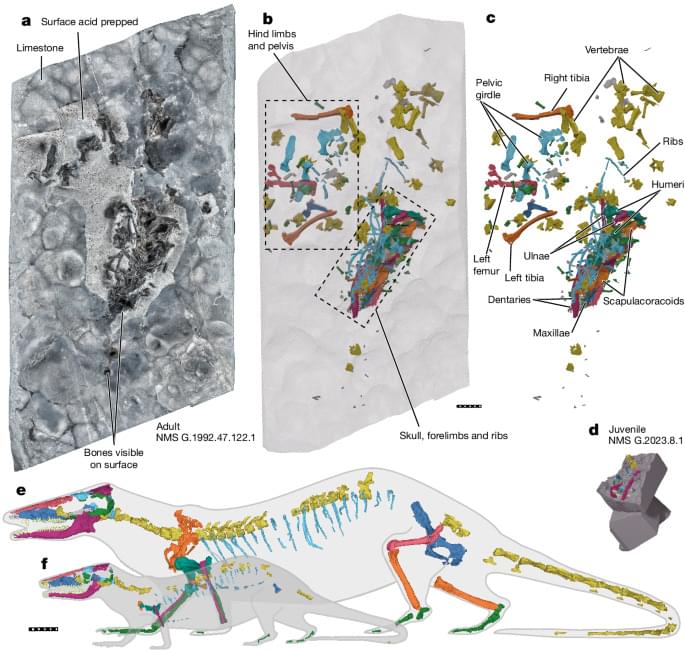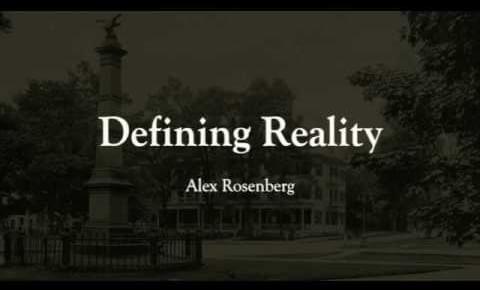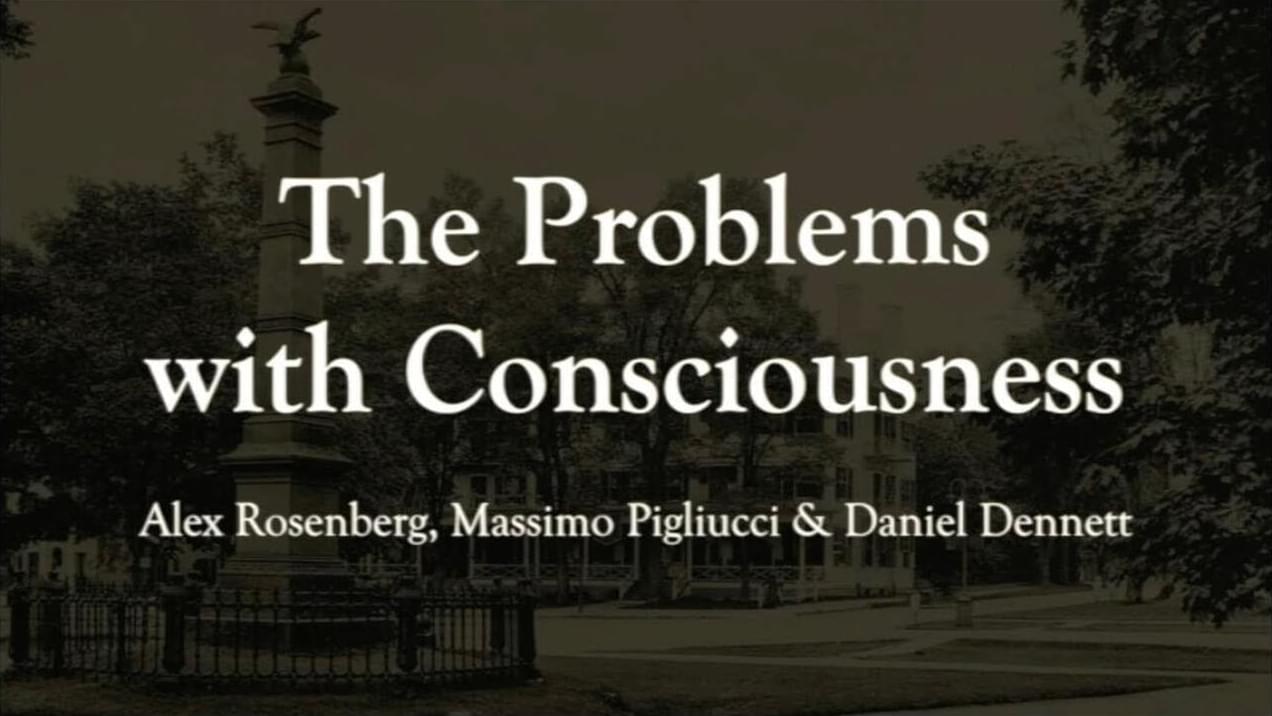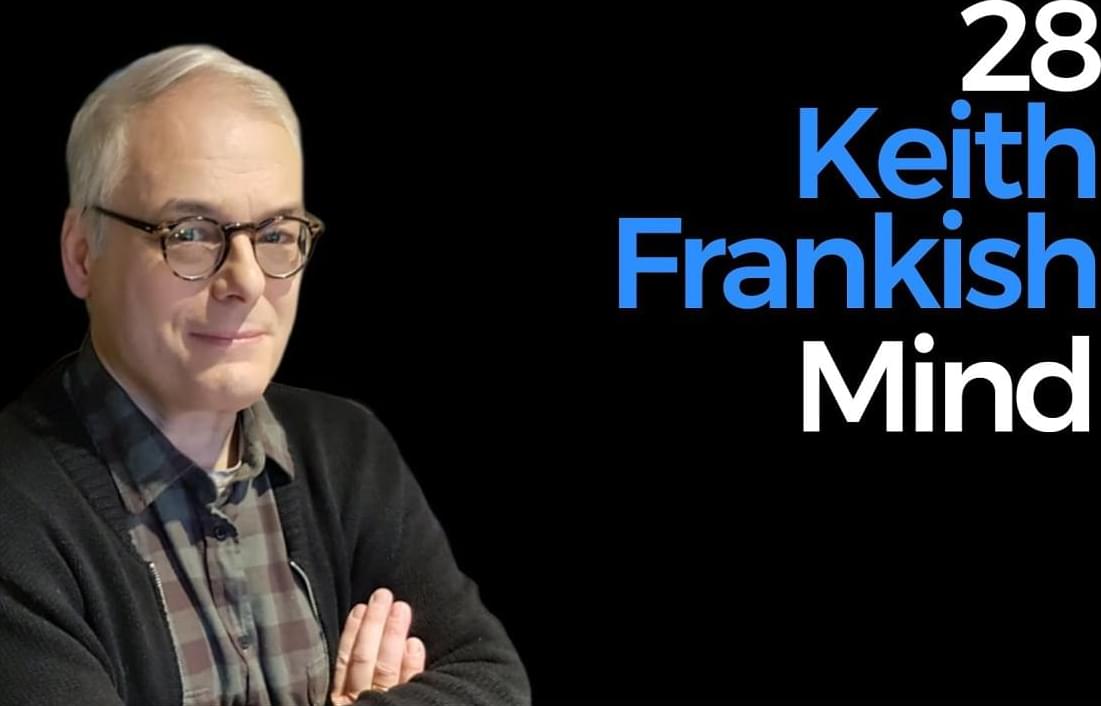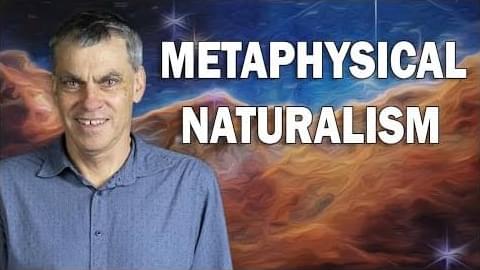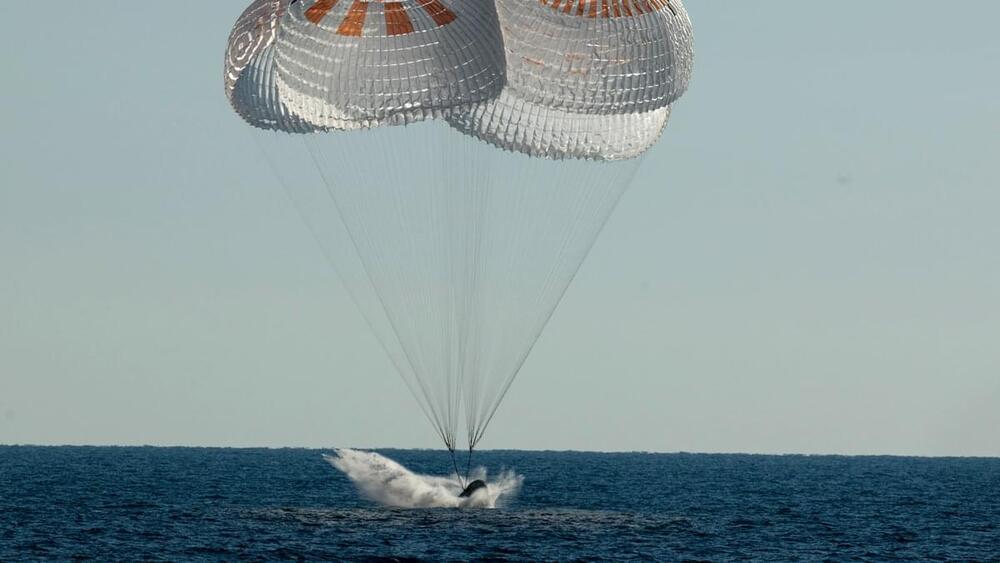Jul 28, 2024
Officials break ground on world’s longest underwater rail tunnel connecting 2 major cities: ‘A milestone in … history’
Posted by Genevieve Klien in category: transportation
Construction has begun on what will be the world’s largest underwater road and rail tunnel connecting Denmark and Germany, as Newsweek reported.
The tunnel, which is a major component of the European Union’s Scandinavian-Mediterranean corridor plan, runs beneath the Fehmarn strait for more than 11 miles and aims to cut travel times between the two countries. A 45-minute ferry ride may soon be reduced to a quick seven-minute train commute.


